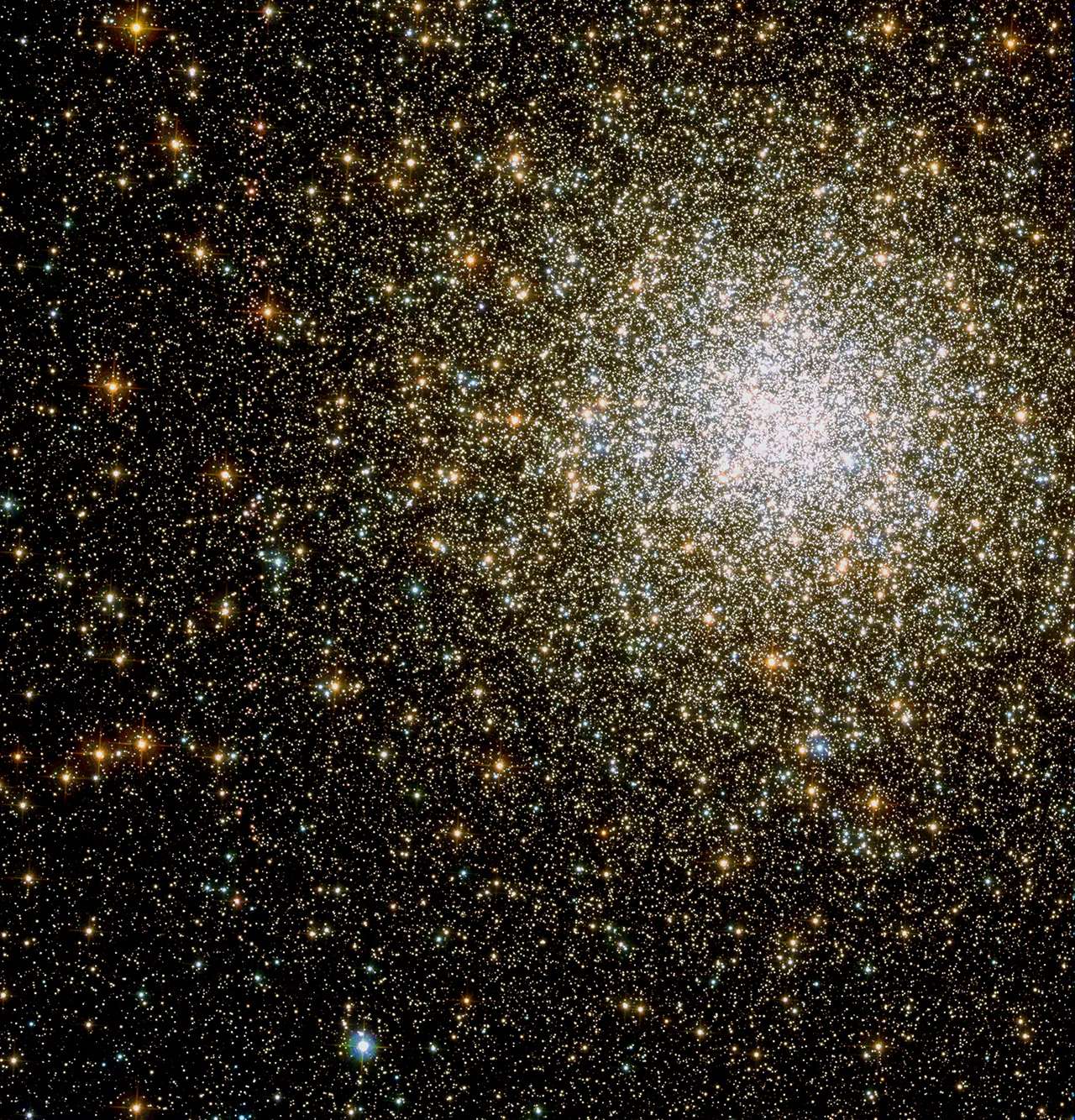M62 | NGC 6266 | Globular Cluster | Ophiuchus | 100,000,00 Light Years Away
Messier 62 is a globular star cluster located in the constellation Ophiuchus, discovered by the German astronomer Johann Gottfried Koehler in 1771 and later independently cataloged by Charles Messier in 1779. Positioned approximately 22,200 light-years away from Earth, this celestial assembly is part of the Milky Way galaxy. Messier 62 is notable for its dense core and the presence of numerous stars gravitationally bound together in a spherical configuration.
Comprising hundreds of thousands of stars, Messier 62 exhibits a concentrated central region, with stars packed closely together due to the strong gravitational forces within the cluster. The stars within this globular cluster are quite old, with an estimated age exceeding 11 billion years. The study of Messier 62 and similar objects contributes to our understanding of globular clusters, offering insights into the dynamics and evolution of stars in these ancient stellar communities.
Globular clusters like Messier 62 are considered some of the oldest objects in the Milky Way, providing astronomers with valuable information about the early stages of the galaxy’s formation. These dense stellar groupings offer a glimpse into the conditions present in the early universe and contribute to our understanding of the formation and evolution of galaxies. Messier 62, with its position in the constellation Ophiuchus and its distinctive structure, adds to the ongoing exploration of globular clusters within the vast cosmic landscape.

